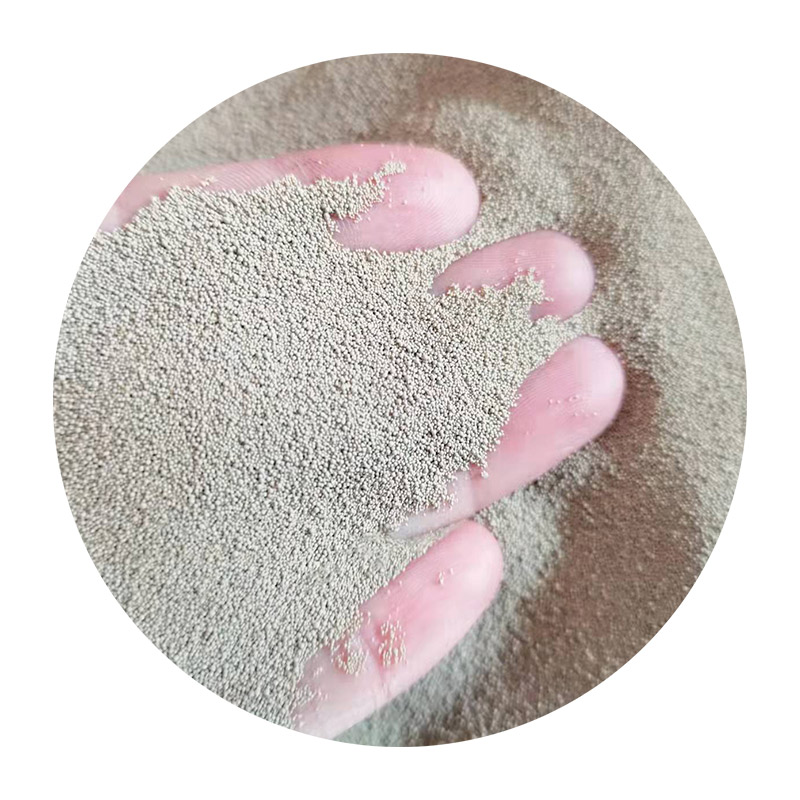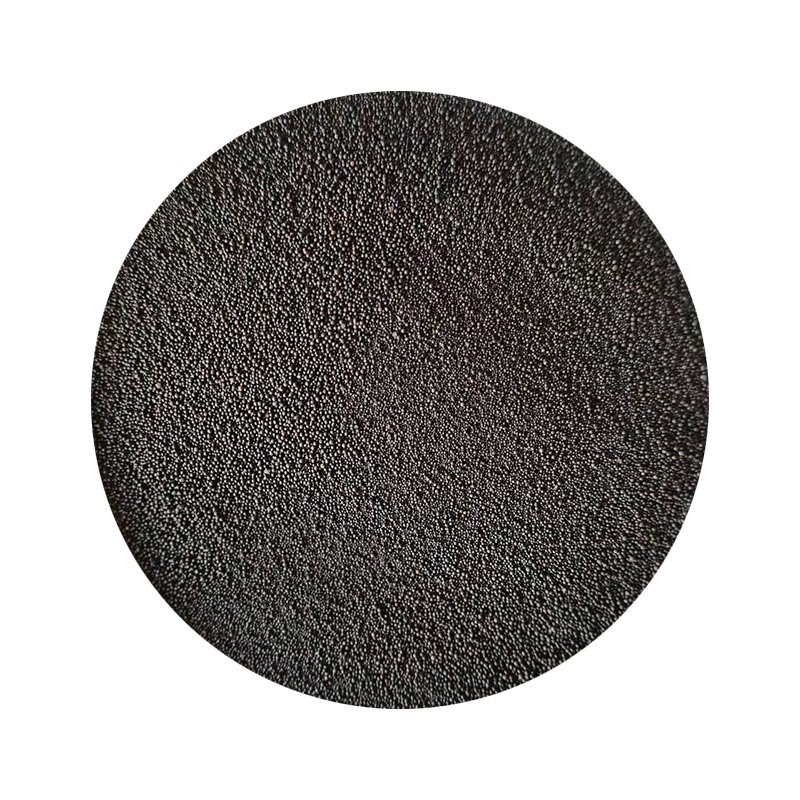Ceramic sand is rapidly becoming a game-changer in industries where precision and efficiency are paramount. As an engineered alternative to traditional sand in foundry applications and other industrial processes, ceramic sand offers a blend of durability and accuracy. Drawing from years of industry experience, this article delves into the transformative impacts and benefits of ceramic sand, ensuring you leverage its potential to the fullest.

Traditionally, industries relied heavily on silica sand due to its abundance and low cost. However, with time, its limitations in terms of thermal durability and recyclability became more pronounced. This is where ceramic sand steps in as a superior option. Engineered to withstand high temperatures without deformation, ceramic sand excels in maintaining accuracy and consistency in metal casting. Its thermal resilience not only ensures a finer finish but also minimizes casting defects, thus significantly enhancing product quality.
From an expertise standpoint, ceramics used in sand production are derived from bauxite. This ensures not just mechanical strength but also thermal conductivity, which is vital for intricate castings. For professionals aiming to maximize production efficiency, understanding the way ceramic sand distributes heat and reduces expansion is crucial. This ability to manage thermal conditions smoothly means fewer cracks and a more stable final product — an invaluable characteristic for high-precision industries.

The authoritativeness of ceramic sand in the market comes from its proven track record of reducing environmental impact compared to traditional sand. Due to its durable nature, the material can be reused multiple times, decreasing waste and thus lowering overall operation costs. Companies adopting ceramic sand often report a significant reduction in lifecycle costs and carbon footprint, which plays a critical role in meeting contemporary industry standards for sustainable practices.
Trustworthiness in the use of ceramic sand also comes from comprehensive industry testing and endorsements from major industrial players who have transitioned their processes successfully. Real-world case studies highlight significant improvements in workflow, with testimonials from experts who validate the reduction in production time and defect rates. These independent endorsements accentuate the reliability of ceramic sand and alleviate concerns about transition risks.
In conclusion, the advent of ceramic sand in the industrial landscape is nothing short of revolutionary. For companies looking to enhance product quality, boost operational efficiency, and commit to eco-friendly practices, ceramic sand offers an unparalleled edge. By prioritizing ceramic sand’s incorporation into production lines, industries not only enjoy immediate operational improvements but also position themselves as pioneers in adopting sustainable and efficient solutions.
Post time:Xan . 06, 2025 18:58
Next:Sintered ceramic sand made in China same with Cerabeads AFS 60
